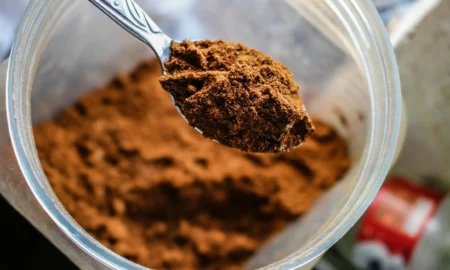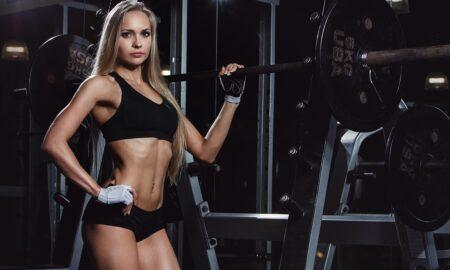High-carb, low-carb or no-carb diets—which is best for bodybuilders trying to get lean without sacrificing muscle? That’s a tough question to answer, but let’s give it a shot.
Research shows that higher-carb diets can promote bodyfat gain—carbs are an energy source, so any excess is stored as fat—while low-carb diets can melt away said ugly fat. Still, carbs are necessary for replenishing muscle glycogen after a workout. Without them your muscles get small and mushy—that’s the scientific term for “squishy.”
Then again, protein and lactate can be converted to glycogen in the liver in a process called gluconeogenesis. That would suggest that you can get all the muscle-filling glycogen you need from more protein.
It looks as if a low-carb diet wins; however, if you force your body to produce glycogen from protein via gluconeogenesis, are you training it to burn muscle tissue, which is basically stored amino acids? And just how efficient is that process? What about the health ramifications, such as the waste products produced? Sounds more like something to be used in emergencies only, not for a long-term diet. Hmm.
The conclusion: If you want to minimize muscle catabolism and maintain muscle fullness and an anabolic environment, it’s best to follow a medium-carb diet, along with getting adequate protein and fat. What exactly is a medium amount of carbs? Consider that your body stores 300 to 400 grams of glycogen in the liver and all of its muscles combined. Now, how much do you deplete during a workout? Maybe 100 grams at the most. Your brain also requires glycogen for proper function, so add another 50 grams for mental and ancillary health benefits. That has you using about 150 grams a day, most of which should be eaten around your workout. Go for fewer carbs on days when you don’t work out if you’re trying to lose fat.
Editor’s note: For more on medium-carb diets and building muscle as you burn fat, see X-treme Lean, available at www.X-tremeLean.com.




















You must be logged in to post a comment Login